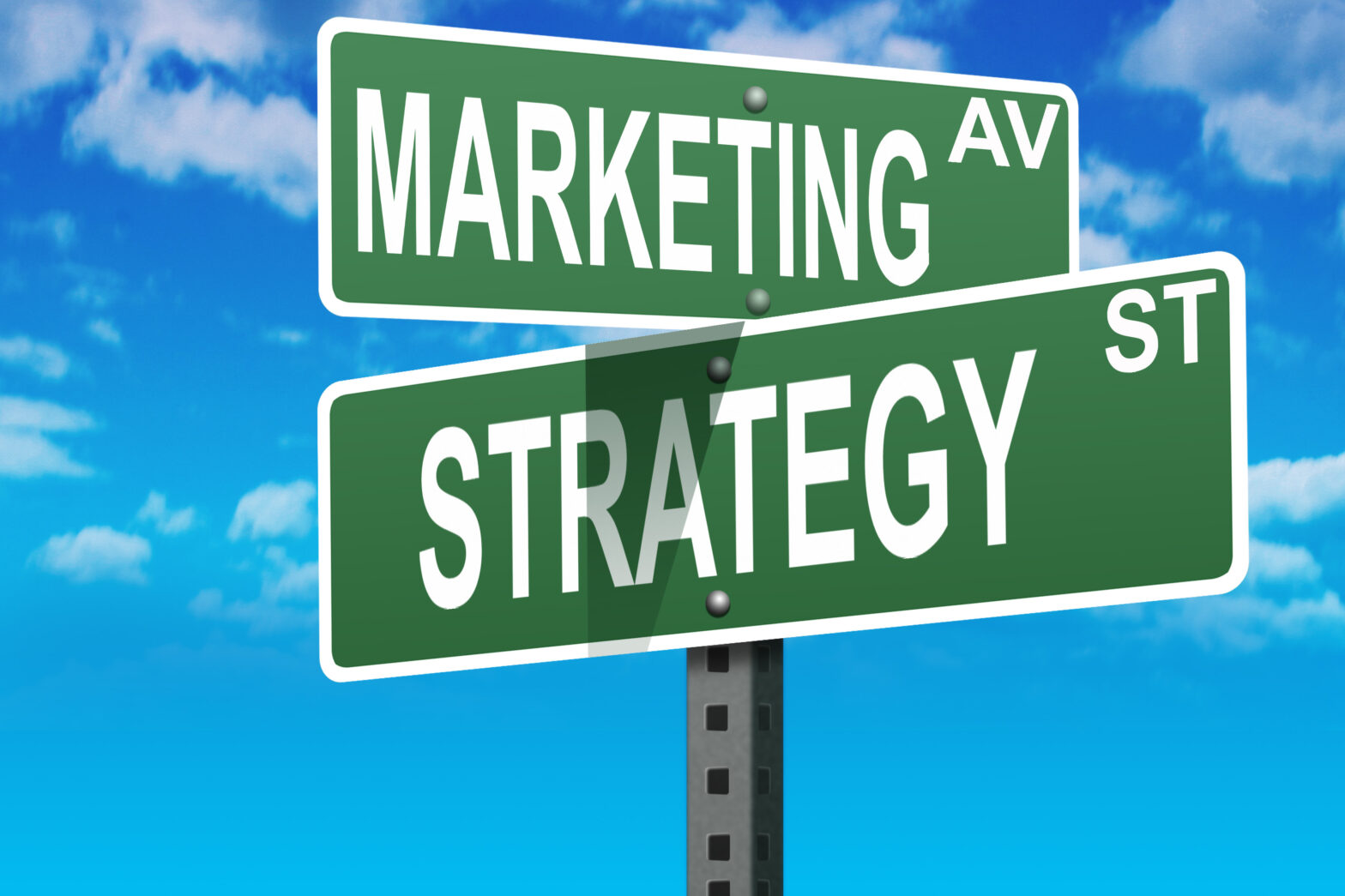Advocate marketing could give you a low-cost boost to your company sales strategy.
Clive Lewis, ICAEW head of enterprise, goes into more detail.
‘At a time when small businesses need all the tools they can to be successful, advocate marketing offers a way to work with your employees and customers to retain customers, acquire new customers and drive sales.’
The new word-of-mouth
Research shows that word-of-mouth is the primary factor behind 20-50 per cent of all purchasing decisions. Social media has had a transformational effect on word-of-mouth, meaning businesses can raise their profile and reach new customers. Smart businesses are now looking at ways to improve their relationship with their employees and customers who are able to share brand messages on social media.
Identify your advocates
You may already have an idea of your ‘go-to’ list of most engaged employees or passionate customers to begin your advocate marketing programme, but there are a variety of ways to identify new advocates. Monitoring social media for positive mentions is one way (and there are tools to help you track this) and reviewing your CRM database is another way (you can break up your customers into segments such as ‘biggest spenders’ or ‘most loyal’).
Another way to encourage positive advocacy is to use any user-generated content (UGC) as part of your content and social strategy, which advocates appreciate and encourages reciprocal behaviour.
“Monitoring social media for positive mentions is one way to identify new advocates”
Give your advocates something of value
ICAEW BAS’s advocate platform ‘Smarter Business Network’ is a programme of over 500 advocates where users can gain access to free, insightful business content every day. When advocates join the programme they are able to connect their social channels meaning that they can pick the stories they like every day and share them quickly and easily on Twitter, LinkedIn or Facebook.
For advocates it builds their profile as thought leaders, while for ICAEW BAS it raises brand awareness as each piece of content carries the ICAEW_BAS handle.

Measure it
None of this activity will mean much to your CEO or board if it can’t be measured. ICAEW BAS for example adopted an advocate platform, which allows it to manage advocates, track behaviour, measure activity and report it back to the wider team.
Using platforms such as these will help track endorsements such as RTs, shares, clicks etc. As well as a huge increase in brand awareness, data capture and reaching a new audience, our hard conversion of requests to work with ICAEW chartered accountants has improved significantly.
Clive adds, ‘Advocate marketing can work extremely well for businesses where employees are happy and they receive good feedback from customers.
‘Who better to get the word out than your colleagues – the people who know your products and services inside out? And who better to spread positive news than your best customers or ‘fans’? These are both sets of people who are already speaking about you in good terms, but you can help them to say more.’
Your best brand advocates for this are right under your nose – your employees. Spark debate, take part in ongoing discussions and be part of the online conversation in order to raise awareness of who you are and what you do. Then, see those enquiries, sales and conversions come through the door.
At The Typeface Group, employees are key to the company’s advocate marketing strategy. The firm’s managing director, Polly Buckland, explains more.

We’re a small and close-knit team here at The Typeface Group. We were naturally chatting about work on social media already. So, we decided to harness that enthusiasm. Most of us used a particular network more than another. For example, I use Instagram a lot because I love its visual lead. My team chose which social media platform they liked best and optimised their existing profiles.
It is important to give your employee advocates some free reign when it comes to their online activity. Within reason, it’s up to them what they talk about or what they share, so it’s authentic and organic. This is more likely to resonate with audiences. However, do set some guidelines on the minimum amounts of activity you would like them to undertake per week so there is a measurable and quantifiable outcome.
Make sure you have some guidelines in place, such as your company’s social media policy. Some employees may also need some training on the basics of professionally using social media, which is vastly different to using social media for personal reasons.
Developing experts
When we introduced our two-week employee advocacy challenge, we wanted to make sure it was fun and something which our team members would enjoy – rather than just something to add to their to-do list.
Your advocates are rewarded with an increased online profile. Over time, they should be seen as experts in their specialist area. It is a great confidence booster for them to see their opinions and experience be recognised. This, in turn, enhances credibility for your company by having knowledgeable and respected team members.
It is important to think about the long-term value for your team members to ensure they keep up momentum, instead of just striving for short-term goals. It is not about how many likes or followers you get, but building a sustainable reputation and becoming a go-to person as an expert and authoritative source of information and advice.
Like all marketing activity, there is no point in undertaking employee advocacy without measuring the results. Set yourself some realistic targets of what you want to achieve. This will look different depending on whether those professional profiles on social media have been set up from scratch or if you already had a bit of a loyal following.
Look at your social media interactions and engagement rates during a set period – such as a trial fortnight like we did. My co-director Natalie Weaving saw her Twitter engagement increase by 4.1K, on a channel she was already very active on.
Overall, we saw an amazing 119 per cent increase in referrals to our website from social media, compared to the previous two weeks. Look at what worked, and what didn’t, and use that to inform your activity going forward.





